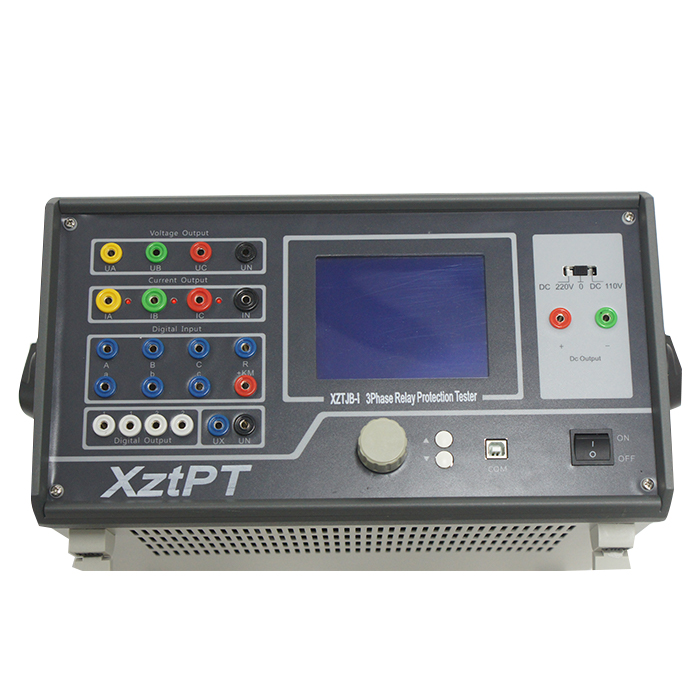English




Relay protection is a very important technology in the power system. Its function is to promptly remove the fault area when a power system fault occurs to protect the safety of equipment and personnel. In the substation, the relay protection system plays a vital role. It can identify faults in the power grid and quickly take measures to limit the scope of the fault to the greatest extent and ensure the normal operation of the power system. This article will introduce you to some common relay protection knowledge.
Classification of protective devices
First, let’s take a look at the classification of protective devices. Common relay protection devices can be divided into current protection, voltage protection, frequency protection, differential protection and other categories. Current protection is mainly used to detect abnormal current conditions, such as short circuit faults; voltage protection is used to detect abnormal voltage conditions, such as too high or too low voltage; frequency protection is used to monitor the stability of the grid frequency; and differential protection It is judged whether the fault occurs within the protection range by comparing the difference in current. Each protective device has its own unique characteristics and application scenarios.
Current protection
Current protection is one of the most common protection methods in substations. It mainly determines whether the power grid is faulty by monitoring the size and direction of the current. When the current exceeds the set value or the current direction is opposite to the normal direction, the current protection will trigger an action signal to cut off the faulty circuit and protect the safety of the equipment. Current protection is widely used in the protection of transformers, busbars and other equipment.
voltage protection
Voltage protection is mainly used to protect voltage abnormalities in power systems. When the voltage is too high or too low, the voltage protection will send out an action signal to cut off the faulty circuit, thereby protecting the equipment from damage. Voltage protection systems usually include over- and under-voltage protection, voltage loss protection, over-voltage protection, etc. These protection measures can ensure the stable operation of the voltage of the power system and ensure normal power supply to users.
frequency protection
Frequency protection is a very important function in relay protection systems. The frequency of the power grid is one of the important indicators of power system operation, and abnormal frequency often indicates the presence of faults. Frequency protection can monitor the stability of the grid frequency. When the frequency deviates from the set range, the protection device will automatically trigger action to remove the fault area and avoid fault expansion and reliability problems.
Differential Protection
Differential protection is a common relay protection method that determines whether a fault has occurred in the power grid by comparing the difference in current. Differential protection is usually used to protect important equipment such as transformers and generators. Its principle is to compare the current at the input end and the output end. When the difference between the two exceeds the set value, it means that the fault occurs within the protection range. The protection device will promptly cut off the faulty circuit to protect the safety of the equipment.
XZTJB-I 3 Phase Relay Protection Tester
